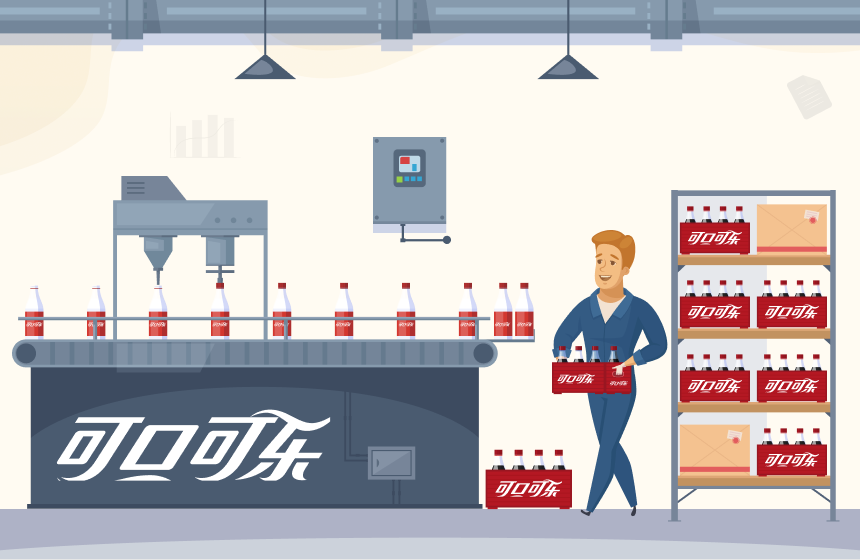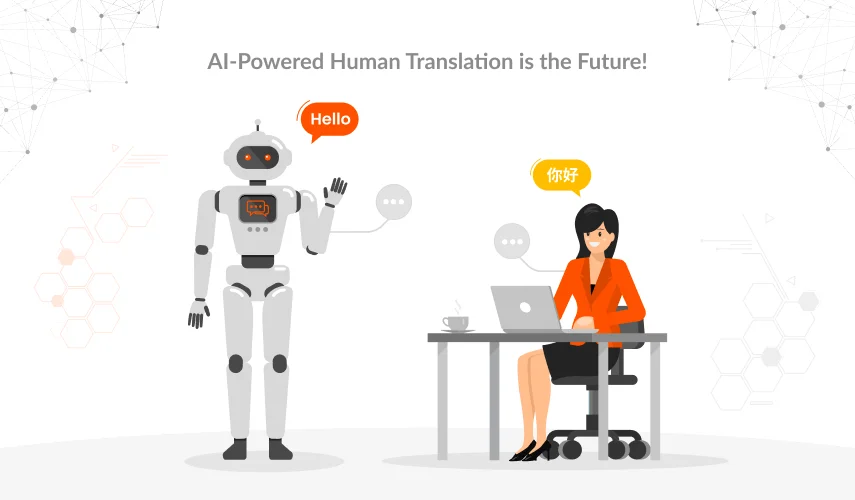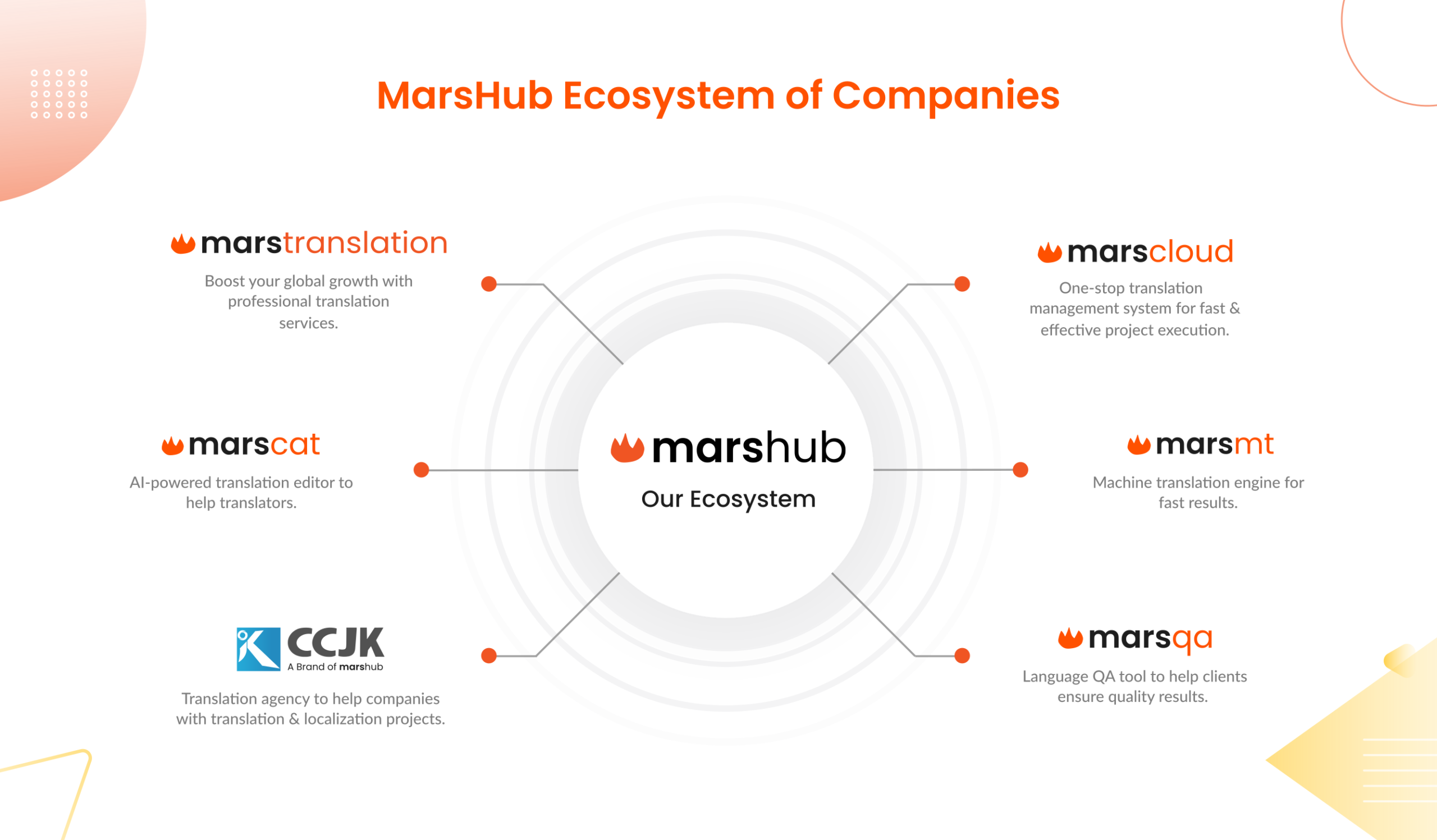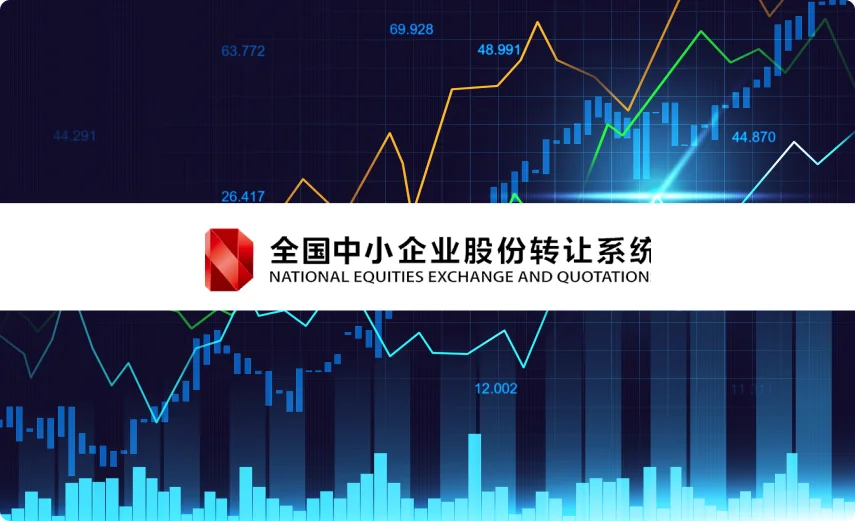China is the world’s second-largest economy and a profitable marketplace for global businesses. But unfortunately, the country is not so welcoming to foreign companies. China is a challenging place for outsiders because of high political influence and trade restrictions. Thousands of companies have tried their luck in the Chinese marketplace and most of them failed to pull it off.
Despite being an American beverage manufacturer, Coca-Cola is one of the few international brands that have made a successful business in the Chinese market. Since 1920, when Coca-Cola entered China, the company has been successfully doing its operations to become the most popular beverage brand.
So, what is the secret behind the successful Coca-Cola business in China?
Here, we’ll be evaluating the Coca-Cola globalization strategy in the fastest-growing Chinese market.
Content Outline
- Story of Coca-Cola in China
- 4 Key Drivers Behind the Growth of Coca-Cola in China
- How Is Coke Maintaining Its Competitiveness in China?
- How does Chinese Culture influence Coca-Cola Marketing?
- What Does the Future Coca-Cola in China Look Like?
- Conclusion
Story of Coca-Cola in China
To gain global success and earn higher profit margins one has to work very hard on their brand and marketing. Cultural diversifications, social behaviors, language, and legal restrictions are some of the major expansion barriers faced by international companies. It is very challenging for businesses to localize their brand to meet the expectations of foreign markets and stay true to their brand values at the same time.
The Coca-Cola business in China is one of the great examples that have built a solid globalization strategy. The company has localized its brand in a way that resonates with maximum audiences. The company has faced many ups and downs in the Chinese market, but it keeps pushing the envelope to capture the highest soft drink market share in the Chinese market. Coca-Cola focuses on keeping its brand connected with the local culture to appeal to more customers.
4 Key Drivers Behind the Growth of Coca-Cola in China
What makes the Coca-Cola brand memorable for customers?
The brand of the company is positioned and marketed very well with consistent messaging. Coca-Cola has built a distinctive brand personality that helps them hit the target audiences on a sweet spot. Following are some major brand growth drivers of the company in the Chinese market.
1. Understand Customer Behaviors
It is very important for a brand to closely observe the lifestyle changes of their customer and transform their product accordingly. For instance, the company faced a huge decline in the sales of large-size Coke bottles. The reason was, large Coke sizes are typically used in family gatherings or in restaurants. After the one-child policy program is implemented, the family sizes get smaller and people would eat alone in a personalized setting that reduces the demand for a large size bottle. In this case, the company didn’t try to promote large-size Coke bottles, instead, they kept promoting the small cans and bottles that seemed more suitable for Chinese people.
2. Know Customer Demands
Coca-Cola has constantly brought changes to its products to meet the demands of its customers. The company keeps its product aligned with the trends and traditions of the country. For instance, as more people are becoming health and fitness conscious, Coca-Cola introduced Fiber Plus Coke and Zero Coke. These are just the variations of Coca-Cola drinks that are low in calories and sugar. Ironically, these product innovations are not healthy either. However, it was a smart move from the company side to make the customer feel less guilty while consuming their products.
3. Premiumization
It is a process of making your product more appealing to customers by claiming higher quality and exceptional value. In Chinese FMCG, premiumization is getting more popular. The higher consumerism cultures support this concept because customers are more concerned with the value and satisfaction they get after consuming a good. If a product is meeting the expectations of customers and giving them a sense of fulfillment, they don’t really care about the price they have to pay for it. If you look at the prices of Coke, we would realize that they charge higher prices on their small bottles compared to the large ones. But their customers don’t bother about the price they are paying per liter, all they care about is the value and features that their product provides. A small Coke package is more convenient, handier, and enough for one person.
4. Focus on Micro-Moments
To really understand the customer demand for products, the company has to carefully watch the “micro-moments” of consumption. According to research, there are 300+ “micro drinking moments” that should be carefully observed by beverage brands. These micro-drinking moments are subdivided into 4 segments that are consumer, time, location, and event. Analyzing the micro-moments of a product helps a brand discover new growth techniques.
How is Coke Maintaining its Competitiveness in China?
Coca-Cola focuses on designing more localized advertisements and marketing campaigns to remain competitive. Marketing helps the company gain the trust of customers and increase brand awareness in a market. In the Chinese market, the company has translated its brand name in a way that not just sounds like Coca-Cola but is also meaningful. They also recreated their logo in China, just to make their brand look more native. The ultimate goal of the company is not just to sell their product, but to capture the heart of people. To give its brand more media exposure, Coke keeps sponsoring events like football matches and other activities.
The company also implemented an efficient distribution channel in the country to maintain high quality without compromising Coke’s global standards. Coke is also offering job opportunities to around 55000 people which is a massive contribution to the country’s economy.
1. Marketing Segmentation
The perfect market segmentation is one of the key drivers behind the success of Coca-Cola in the Chinese market. Currently, they target customers based on family size, age, and income. In the marketing strategy of the company, they focus more on their brand than products. In the marketing ads, they talk more about their brand. For instance, they never really talk about the beverage that is their actual product, instead, they talk more about selling happiness, freshness, vitality, etc.
In China, the company has segmented the market based on economic diversification. Knowing the fact that there is a huge difference between the per capita income of people living in rural and urban areas.
2. Marketing Campaigns
Coca-Cola keeps coming up with intuitive marketing campaigns to capture the attention of customers and build a personalized connection with them. Following are some of the most popular and effective marketing campaigns launched by the company.
◉ Chinese New Year Campaign
In 2020, when COVID-19 hit everyone so hard, we all realized the vulnerability of life, people faced a financial crisis and strange feelings of uncertainty and fear. That year made us realize that, in the end, all that matters is family, friends, relationships, and love. This is exactly what the brand stands for. On post-COVID Chinese New Year, the company created a short film that focuses on togetherness and optimism. The goal of this campaign was to inculcate the core values of the brand in people.
In this film, young people and teens are sharing their authentic stories. They have talked about how COVID-19 has reshaped their lives. People are being grateful for reuniting with their families this new year, which usually has been taken for granted by teens. This Chinese New Year film really made people emotional, and feel more connected with the brand on a personal level.
◉ SMS Campaign
In 2002, Coca-Cola launched an SMS campaign in China. The purpose of this campaign was to increase brand awareness and interact with more customers. This ad campaign lasted for a month, in which contestants guessed the highest temperature in Beijing through SMS. The winners would win a free Coke supply for a year or Siemens cell phones. Within just 35 days, the company received more than 4 million SMSs.
The results were shocking, and they bypassed the expectations of the company. This ad campaign did not just make the Coke brand viral but also helped the company position its brand persona as a fun and energetic beverage.
◉ Share a Coke Campaign
“Share a Coke” is one of the most popular marketing campaigns that has become a sensation in more than 80 countries. The company came up with a very unique concept that helps them increase product sales. In China, they printed common nicknames used in the region on the packaging. To create a more personalized relationship with their customers, they have printed on the bottle Share a Coke with “nickname”. In many other countries, they have printed the first names, but for the Chinese market, they have twisted their campaign a bit.
◉ Coca-Cola Ginger
Ginger-flavoured Coke was first launched in Australia and hit Chinese marketing in 2017. Boiled Coca-Cola with ginger is a famous home remedy to cure a cold made this combination is loved by Chinese people. They launched the product with the slogan “Bring out the heat” because it claims to warm up your body and relieve the cold. For the marketing of this new flavor, Coca-Cola implemented the Yin Yang philosophy. This philosophy describes that the opposite elements complement each other and work together to create harmony and balance. So, this new Coca-Cola flavor is a perfect yang beverage.
3. Product Positioning
Understanding the behaviors of their customers, Coca-Cola introduced new products that include soft drinks like Fanta, sprite, Coke Classic, Beers, etc. To meet the local preferences of the customers the company has to keep coming up with a range of beverage products. Moreover, the increasing number of health-conscious customers was alarming for the company. Just to reduce the guilt, they came up with products like Zero Sugar Coke for people who are avoiding sugar. Similarly, to fulfill the diverse demands of customers, they offer different flavors in different bottle sizes and cans.
4. Pricing
When it comes to the prices of the products, the company is very much influenced by other competitors in the market. Pepsi is the biggest competitor of Coke in China, and they have to keep an eye on the pricing strategy of its competitors. Coca-Cola can’t just keep their prices too high, or less than Pepsi. But Coca-Cola has always been more effective in its brand positioning, and it managed to dominate the software drink beverage industry for decades. The cost of Coke is around 15 to 20 cents higher than Pepsi. The higher pricing of Coke is backed by the premium value of the product under a recognized brand name.
How does Chinese Culture influence Coca-Cola Marketing?
Cultural nuances and social values have a huge impact on the overall localization and marketing of Coca Cola brand in China. Imbibing the cultural values in its brand promotions helped the company build a lasting relationship with customers. Introducing Ginger Coke, launching Chinese New Year campaigns, and localizing the content and other elements of the brands make it quite certain that Chinese culture and trends have greatly influenced brand marketing and it is also one of the major drivers of success in the company. Moreover, the company also cares about its social responsibility and keeps participating in community projects and environmental causes. It helped them build their reputation as a socially responsible company and gain the trust of maximum customers. Culture-friendly marketing also helps their brand a lot. However, at the end of the day what matters most for a beverage brand is quality and taste.
What Does the Future Coca-Cola in China Look Like?
The company is all set to invest in the factory infrastructure to manage the quality of products and grow its business in the country. Coca-Cola is going to open 20 production lines within the upcoming 5 years. For this, they are investing more than $854 million in factories for higher business scalability in China. The company is looking for more sustainable and environment-friendly processes that involve carbon reduction, water-saving, and sustainable packaging.
They have already built a new production plant in Zhengzhou that cost them around 900 million yuan. These smart moves from the company’s side would help them thrive in the fastest-growing marketplace of China. To cope with the increasing demand of customers, the company will continue to open more production lines. Moreover, as far as marketing is concerned, brand localization will always be the priority of Coca-Cola. The company will be incorporating recycling, retail, and AI technology in its manufacturing plants.
Conclusion
In a nutshell, there are many lessons businesses can learn from Coca-Cola for the successful global expansion of brands. A deep understanding of their target customer behaviors helped the company to push all the right buttons at the right times. This is all that enables the company to survive in the Chinese market. From the very beginning, the company focuses on growing markets, rather than only investing in big markets. They keep innovating their product to meet the demands of their customers and provide them with premium quality with the best beverage experience.
When it comes to marketing and brand positioning, the company focuses on simple concepts that can have a huge impact on its customer’s buying behaviors. Time and again, they keep launching existing campaigns to capture the attention of maximum customers and multiply their revenue.



